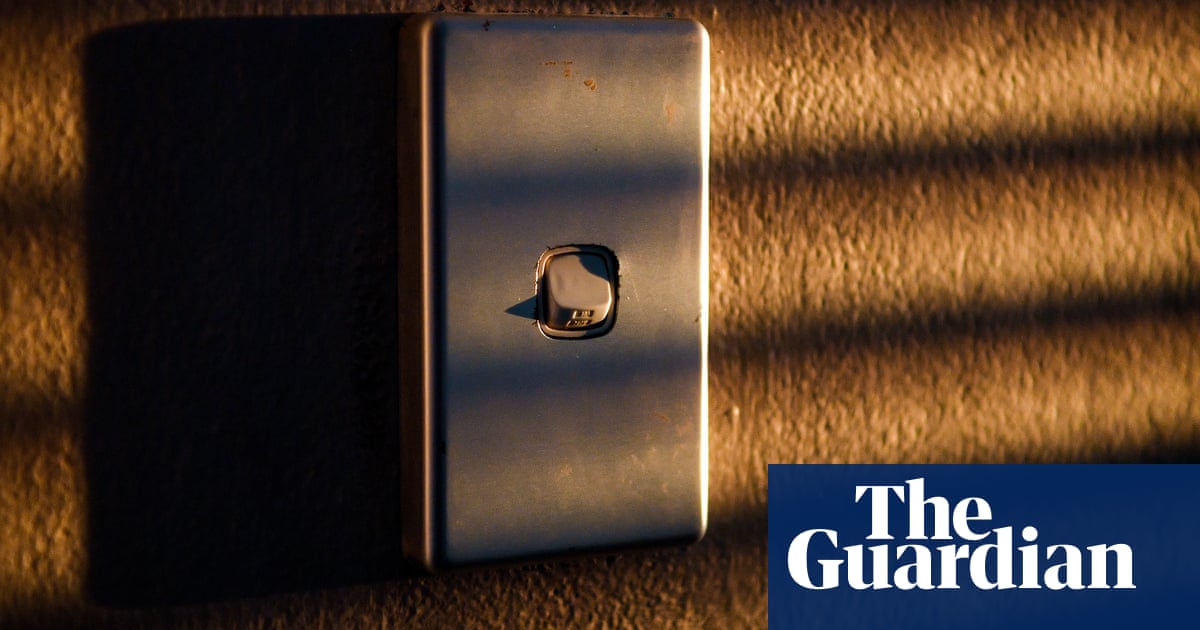Power bill increases of upwards of 9% have been locked in for some Australian households as energy regulators make a final call on safety net prices.
Caps on what retailers can charge households and businesses in NSW, South Australia, south-east Queensland and Victoria are designed to protect the hundreds of thousands of customers who tend to set-and-forget their power plans.
Roughly 9% of households and 18% of small businesses are on default market offers.
Sign up for Guardian Australia’s breaking news email
NSW customers on standing offers face the steepest price growth of somewhere between 8.3% to 9.7%, depending on their network area.
Some users in the state could be slugged with an $280 extra annually from 1 July.
Regulators update default market offers to reflect the cost retailers are paying generators for electricity and to have it transported through poles and wires.
AustralianEnergyRegulator (AER) chair, Clare Savage, said NSW was experiencing bigger increases in wholesale costs and transmission than other states.
“In NSW we’ve seen some unexpectedoutages of coal-fired power stations, which can drive up that wholesale cost,” Savage told ABC Radio on Monday.
She also flagged boosted investment in networks to make them more resilient to cyber-attack and climate risks, such as the floods devastating parts of NSW.
Other states covered by the AER’s remit are in line for more modest increases, though Savage said wholesale and network costs rose in most jurisdictions.
Residential customers on default plans in south-east Queensland can expect hikes of anywhere between 0.5% and 3.7%, while people in South Australia face rises of 2.3% to 3.2%.
Victorian households can expect a modest 1% average bump, according to the Essential Services Commission, with some distribution zones actually in line for small drops in prices.
Sign up toBreaking News Australia
Get the most important news as it breaks
after newsletter promotion
Households and businesses nervous about energy bill hikeshave been urged to shop around, with 80% of customers likely to save money by chasing better deals.
The energy minister, Chris Bowen, acknowledged power prices were putting pressure on households and businesses, pointing to extended bill relief in the last budget.
“It’s clear energy bills for Australians remain too high, and we’re providing help for people doing it tough as we deliver longer term reform.”
He also urged people to shop around, with savings of up to 27% possible by switching to a competitive market plan.
Energy Consumers Australia chief executive officer, Brendan French, said the safety net system was not working effectively if priced as much as 27% above market offers.
“The sector should be focused on reducing costs at all stages of the supply chain, and making networks as efficient as possible, otherwise consumers risk losing the benefits of the energy transition,” French said.
